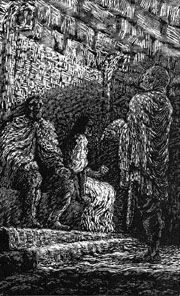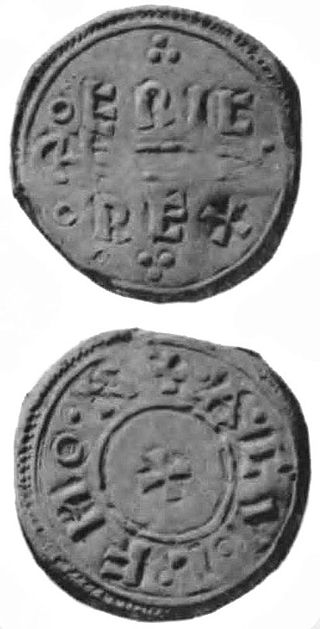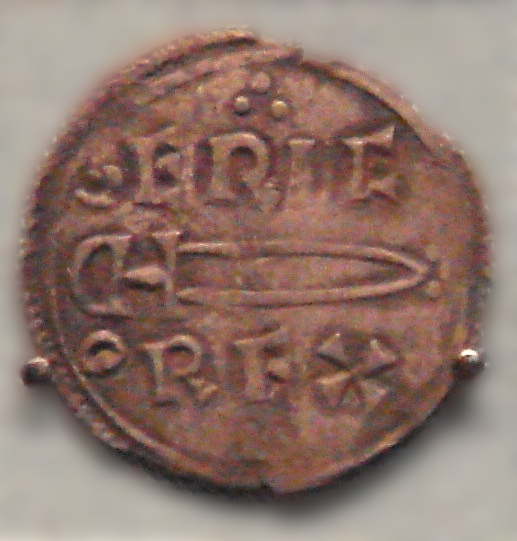Eric Haraldsson nicknamed Eric Bloodaxe was born in 885 and it’s said that he was the eldest and probably the most favorite son of his father, Harald Finehair, the first King of Norway and a 10th-century Norwegian ruler.
Even in his early years, he possessed prodigious valor and strength and when he was 12-years-old his father gave him five long-ships. He used these to go on Viking expeditions spending four years harrying the Baltic coasts, Denmark, Friesland, and Saxland and then he spent another four years in the West Sea in Scotland, Wales, Ireland, and France.

He married to Gunnhild, the daughter of Ossur Tote who hailed from the northern province of Halogaland. She was a very beautiful and intelligent woman and Eric was much influenced by her.
His father King Harald Fairhair had 20 sons and when he was around 50-years-old he decided to divide the country among his sons and gave them the title of king, but still remained the high king of Norway. Eric killed his brothers in order to secure the succession of the high king of Norway for himself. It is believed that this was how he earned his nickname.
He was a notorious, harsh king among the people in Norway and that is probably why his kingship was challenged by his only survived brother Hakon. When Hakon returned home from England, Eric fled the country.
He went to England where he was welcomed by the English king Athelstan and was made sub-king of Northumbria under Athelstan’s authority. Few years after Athelstan’s death, around 948, Eric was entitled king by the Northumbrians but was driven out the same year.


He returned again in 952, only to be expelled again in 954 when King Eadred of England took the Northumbrian kingdom into his own hands. He was the last independent Irish Viking king of York.
31 Coins minted at York have been found which bear the inscription of Erik’s name. The first of Eric’s two coin types is of a standard Anglo-Saxon type used by Athelstan, Edmund, and Eadred. The coin on the obverse side depicts a sword with the inscription ‘ERIC’ ‘REX’ and on the reverse, it depicts a cross in the center with the inscription ‘INGELGARA’.

Both English and saga sources agree that Eric was killed in a battle. Eric’s death at Stainmore in 954 brought an end to independent Viking rule in Northumbria. With his expulsion, the line of Norse kings in York ended.
